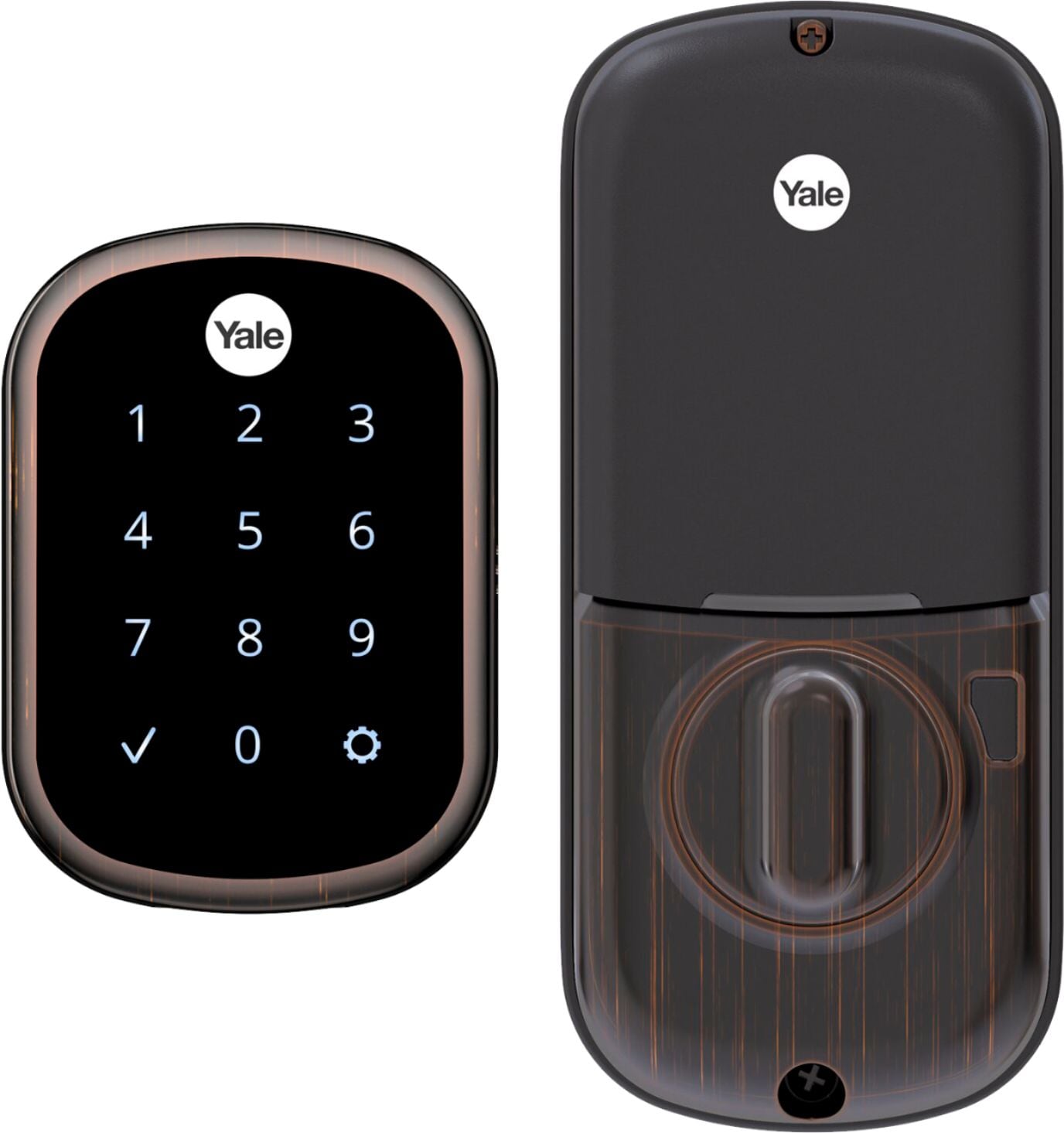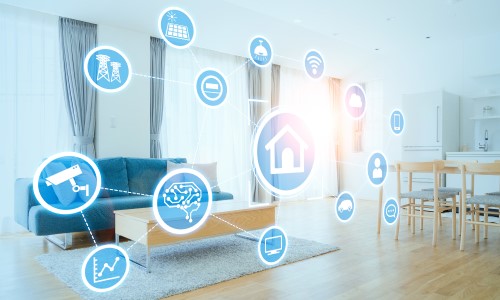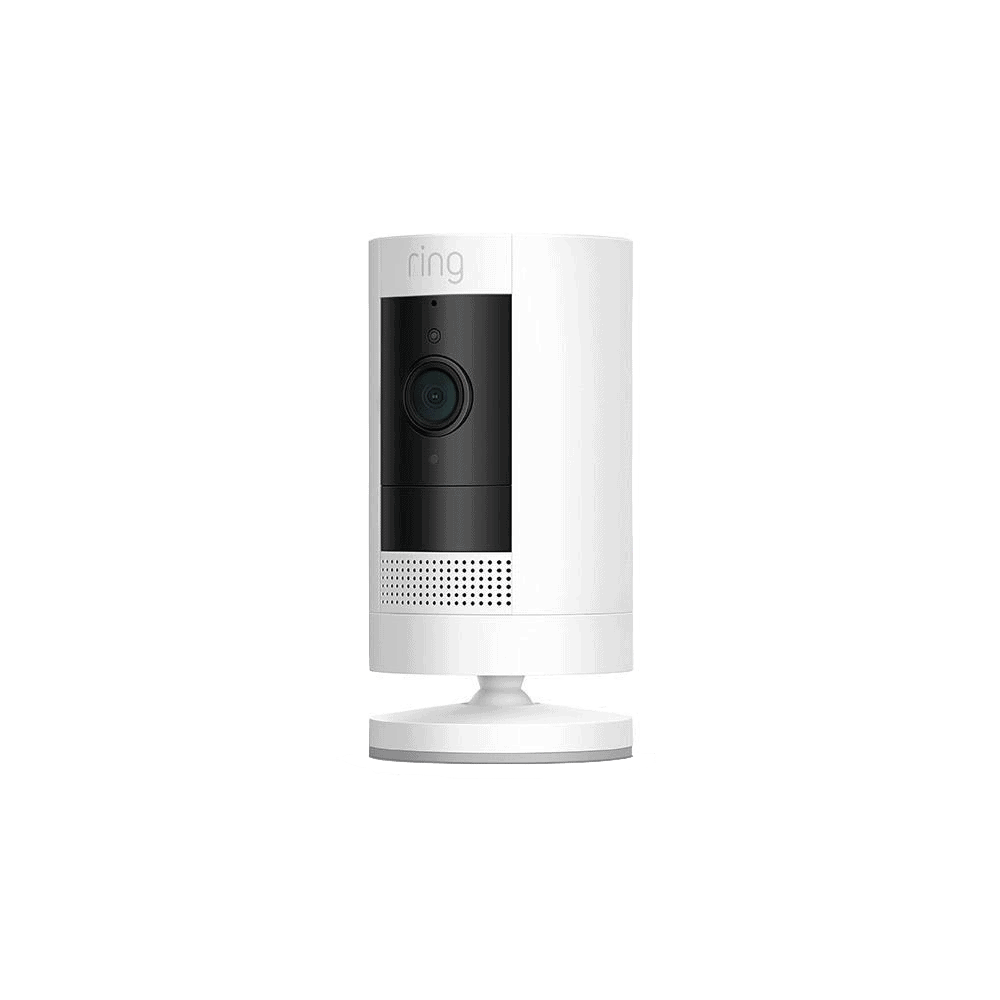
Apartment alarms can be used to keep your home safe from burglars, fire and other hazards. They include sensors, motion detectors, and cameras. Some systems also provide monitoring services. These services will notify authorities if an emergency occurs. These services can also help reduce theft risk by as much as 30% These systems are vital for many people to protect their home and possessions.
Installing sensors
Installing sensors in apartment alarm systems can help protect you and your apartment from potential dangers. Several types of sensors are available, including glassbreak sensors that alert you to the sound of smashed windows, smoke detectors that send a loud siren to warn you of fire, carbon monoxide detectors that send an alert if dangerous gasses are detected, water sensor that detects leaks from household appliances, and panic buttons that call the police.
Alarm systems for apartments can be enhanced with security camera systems. These systems can be especially helpful in smaller apartments because they require less equipment and expertise. Plus, they usually don't require multiyear contracts. Some systems have additional components, such as high-definition cameras, motion detection sensors, and smart home features. Professional installation can cost more.

Installing motion detectors
One of the best ways to make sure your apartment alarm system is functioning correctly is to install motion detectors. Motion detectors detect when people enter or leave a room. They send an alert to the alarm system when a certain movement is detected. One motion sensor will usually suffice for an apartment. It is recommended that you place your motion detector in your main room to get the most benefit.
A burglar will usually try to gain entry into an apartment via the front door. However, other vulnerable areas include windows and hallways. Some areas are more likely than others to be burglarized. The master bedroom is a common target for burglars. A corner in a room makes a great location for a motion sensor. The burglar will not notice the smaller area because it is more difficult to see.
Installing cameras
To prevent theft of property and other crimes, apartments make a great candidate for security cameras. The camera's high resolution images and videos are vital for monitoring suspicious activity or taking action when a crime is committed. Apartment security cameras should be able to cover a variety of areas. They should be able to stand up to weather changes, too.
A 24-hour recording should be done by your apartment security camera. You will be notified when motion is detected. Also, you should choose a camera with the ability to send notifications directly to your tablet, phone, or computer. A camera that allows you remote review of footage is a must. Modern cameras make it possible to view the footage from your smartphone.

Monitoring fees
You should consider many things when buying a monitored alarm system. There are two types of systems: some are sensors that emit alarm signals and others that are monitored by a company. The latter can monitor the system all day and take necessary action. Monitor fees should be considered. Before signing up, compare the monitoring fees as well as monthly maintenance fees between different companies.
Prices for monitoring services vary depending upon the level of equipment and their connection. Some companies only offer monitoring services and have up-front fees, while others offer financing plans. Monitoring fees can vary depending on the service level and can start at $5 per month for a basic system. Others offer advanced services at a higher cost.
FAQ
Which home security system offers the most features?
The Ring Video Doorbell Pro has the most features out of all thehome security systems we reviewed. It allows you to see who's at your front door, speak with them on your phone and record videos. It also comes with free cloud storage so that you can store any recordings.
How can I choose among different home security systems?
It is important to consider the threat level in your locality. For example, if there's a lot of crime in your neighborhood, then you might want an alarm that will sound when someone enters your property. If you live in a rural area where there aren't many burglaries, then you may not need as much security.
It is also worth considering whether you are willing and able to pay more for certain features. Some systems have built-in cameras, while others don't. Some systems let you remotely monitor your house, while others require you being physically present to view the footage.
What is the top home security system in your area?
Ring Video Doorbell Pro remains the most popular home security system. You can speak with anyone, anywhere and at any time using your smartphone. You can also take video footage and share it by text message or via email with family and friends.
Which wireless security system is the best?
D-Link Wireless Security System has been my top choice for wireless security. It's also one of the most cost-effective systems. You get everything you need in one package. It includes a motion sensor, camera, and remote control. It is easy to connect it and follow the instructions.
Statistics
- That's probably why Cove has a whopping 98%* customer retention rate. (safewise.com)
- Cove sets you free without punishing penalties and fees, unlike other security solutions that charge 75% to 100% of your remaining contract. (safewise.com)
- Most home security companies will charge you around 75% of the remaining term of your contract if you cancel early—and some require 100%.Related questionsWhat type of contract length can I expect from security providers?Home security system cancellation (safewise.com)
- (In my experience, the discount on my home insurance covered about 25 percent of the subscription of an average plan, but your mileage may vary depending on your location and the size of your home.) (theverge.com)
External Links
How To
How to Install a Home Security System
A home security system monitors your property and alerts if there is any activity. It could consist of a motion sensor and doorbell camera as well as smoke detector, smoke detectors fire alarm, flood alerts, carbon monoxide detectors and burglar alarms. A home security system usually consists of one or more sensors (e.g., motion detectors), which send signals when they detect movement or sound. These signals are sent to a control panel, where they can be monitored and recorded. A control panel will alert your phone, tablet or computer if something is wrong. You will be notified immediately and you can take immediate action.
It is important to choose the right type and size of sensors to fit your home before installing a security system. There are two main types of sensors: passive and active. Passive sensors don't require batteries; they just pick up sounds and vibrations from their surroundings. These include buzzers, sirens and doorbells. Active sensors transmit data using electricity. These sensors include motion sensors and cameras.
There are many different brands of sensors available today. Each brand has their own pros and cons. For instance, some sensors can be weatherproof while others don't. Some include built-in speakers to allow you hear them even when they are outside. Others are only for use inside. Some of these are very basic, while others have advanced features such night vision.
After choosing the best sensor type for your property you can choose a manufacturer. This will ensure that all your sensors work together. There should be many options at your local hardware store.
After you have chosen a brand, you will need to decide how many sensors you wish to purchase. Depending on whether someone lives alone or with their family, most people buy one to two sensors. If you have plans to purchase additional sensors in the future, it might be worth buying more than you currently need.
Next, you'll need to figure out where you want to place your sensors. Do you want them near doors and windows? Or are you happy to keep them hidden? Make sure you get permission before placing them around your property. You should also ensure that they don't interfere with electrical outlets or other property features.
Now that you know where you want to put your sensors, you'll need a way to connect them to your control panel. You may need a power adapter, or battery pack depending on the setup. Once you have everything in place, your property can be monitored!